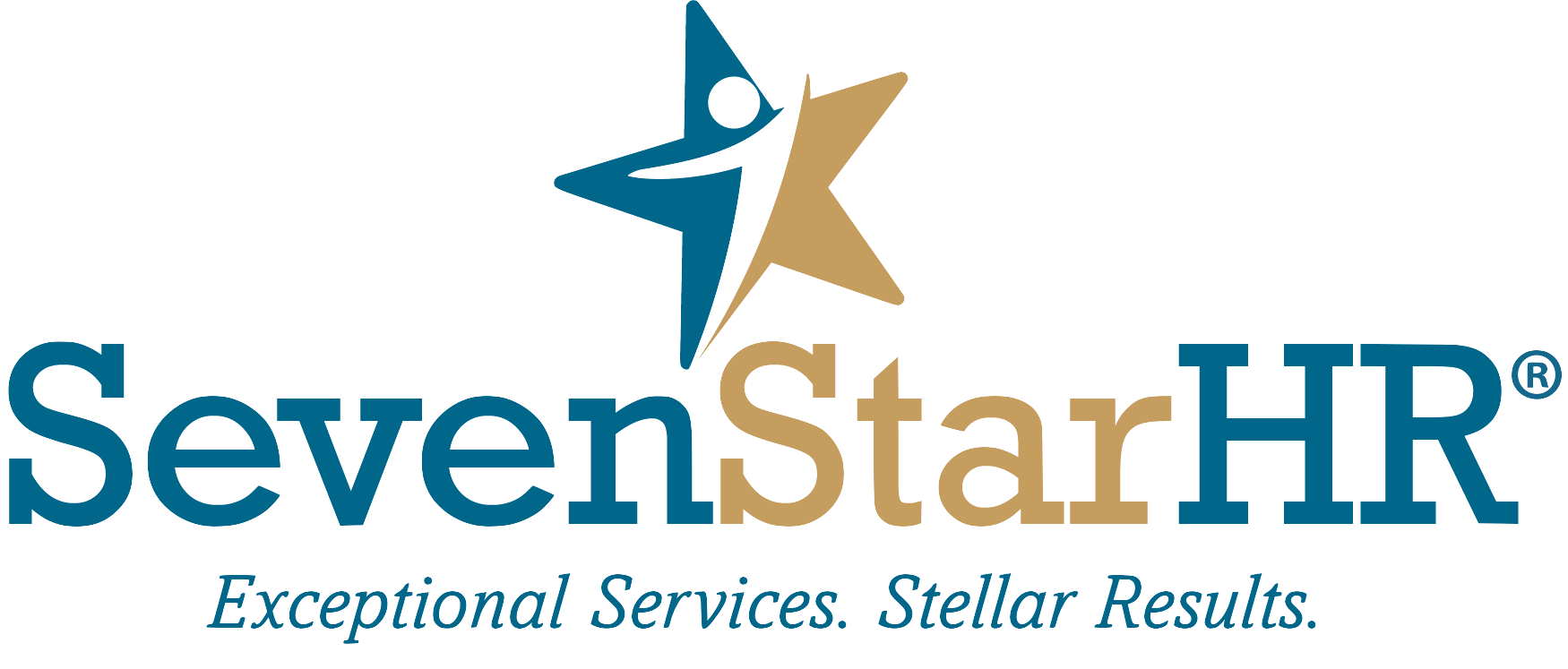How to Know for Certain if You Are a ‘Covered Employer’ Under the FMLA
The Family and Medical Leave Act (FMLA) is a federal law that requires certain employers to provide their employees with job-protected, unpaid leave for specified family and medical reasons.
FMLA obligations only come into effect if the employer meets the requirements to be considered a "covered employer" under the law. As FMLA coverage is not automatic, it is important for employers to determine whether they are considered a "covered employer".
Covered Employer 101: the 50/20 Rule
Under the FMLA, covered employers are those that meet specific criteria regarding the size and nature of their business. A covered employer must be:
A private sector employer who employs 50 or more employees for at least 20 weeks in the current or preceding calendar year - this is known as the 50/20 rule;
A public agency, including a local, state, or federal government agency, regardless of the number of employees it employs.
In addition, covered employers must have at least 50 employees within a 75-mile radius of the employee's worksite.
It’s also worth noting that an employee who works during any part of a workweek is considered employed for each working day of that calendar workweek, for the purposes of determining FMLA coverage.
To determine if an employer meets the 50/20 rule, the employer must count all employees who were on the payroll during each of the 20 calendar weeks in the current or preceding calendar year. The weeks do not have to be consecutive, and the employee does not have to be employed during each of the 20 weeks.
The employer must also count all employees, including part-time and temporary employees, who are employed within a 75-mile radius of the employee's worksite. The 75-mile radius is determined by measuring the distance from the employee's worksite to the nearest boundary of the employer's facility or facilities.
If the employer employs 50 or more employees for at least 20 weeks in the current or preceding calendar year and has at least 50 employees within a 75-mile radius of the employee's worksite, it is considered a covered employer under the FMLA.
How do we define ‘employee’?
For an accurate count, employers must ascertain who is and isn’t an employee.
The Department of Labor defines employees who must be counted as the following:
Any employee who works in the U.S. (or in any one of its territories or possessions)
Any employee whose name is on payroll records (regardless of whether compensation was paid)
An employee on leave (if expected to return)
Employees of foreign firms operating in the U.S., and
Employees who are part-time, temporary, and seasonal (in addition to full-time employees).
Those who do not need to be counted include:
Former employees
Unpaid volunteers
Employees of U.S. firms who are stationed at worksites outside the U.S., and
Employees of foreign firms who are working outside the U.S.
Covered employers must comply with the provisions of the law, including providing eligible employees with up to 12 weeks of job-protected, unpaid leave for certain family and medical reasons. Failure to comply with FMLA provisions can result in legal action and significant penalties. The DOL has produced a handy video guiding employers through the FMLA - we suggest checking it out.

